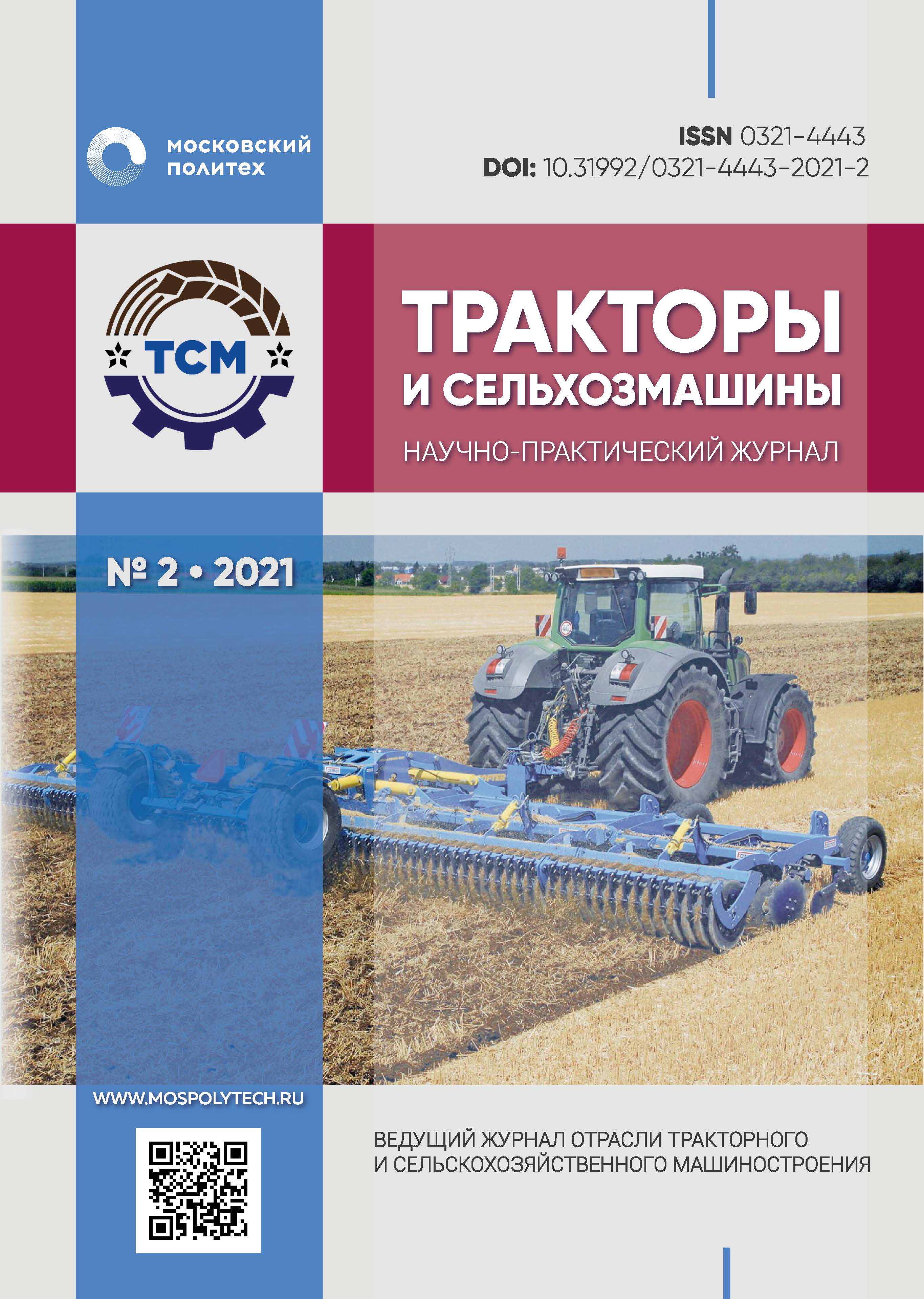卷 88, 编号 2 (2021)
- 年: 2021
- ##issue.datePublished##: 15.04.2021
- 文章: 9
- URL: https://journals.eco-vector.com/0321-4443/issue/view/4438
完整期次
Articles
Applied science and manufacturing: NAMI and VTZ
摘要
 6-15
6-15


Determination of the optimal composition of mixed fuel based on environmental indicators of diesel engine
摘要
 16-20
16-20


Digital rotation meter
摘要
 21-26
21-26


Methods for controlling the elastic damping characteristics of pneumatic seat suspensions
摘要
The pneumatic seat suspension is one of the most important, and in some situations, one of the key components of the vibration protection system for the human operator of the vehicle. At the present stage of scientific and technical activities of most developers, great emphasis is placed on controlled seat suspension systems, as the most promising systems. This article analyzes the methods of controlling the elastic damping characteristics of the air suspension of a vehicle seat. Ten different and fairly well-known methods of changing the shape and parameters of elastic damping characteristics due to electro-pneumatic valves, throttles, motors, additional cavities, auxiliary mechanisms and other actuators were considered, the advantages, application limits and disadvantages of each method were analyzed. Based on the results of the performed analytical procedure, as well as the recommendations known in the scientific and technical literature on improving the vibration-protective properties of suspension systems, the authors proposed and developed a new method for controlling the elastic-damping characteristic, which is implemented in the proposed technical solution for the air suspension of a vehicle seat. The method differs in the thing that it implements a cyclic controlled exchange of the working fluid between the cavities of the pneumatic elastic element and the additional volume of the receiver on the compression and rebound strokes, forming an almost symmetric elastic damping characteristic, and partial recuperation of vibrational energy by a pneumatic drive, presented in the form of a rotary type pneumatic motor. In addition, the method does not require an unregulated hydraulic shock absorber, while still having the advantage of improved vibration-proof properties of the air suspension of a vehicle seat over a wide range of operating influences.
 27-33
27-33


Modeling the parameters of free and driving wheel rolling modes taking into account the asymmetry of the normal reaction diagram
摘要
 34-44
34-44


The influence of hardening on the operational properties of soil-cutting tools
摘要
 45-51
45-51


Comparative analysis of methods for improving the quality of hardened pipe and bar stock for agricultural machinery parts
摘要
The problem of obtaining a high-quality surface is acute in thermal, chemical-thermal and thermomechanical processing of products of rolling production. But, due to the fact that many metallurgical plants are insufficiently equipped with cleaning tools for these types of processing, the required surface quality of metal products is not ensured. Operations related to the removal of defects in the surface of rolled products employ from 30 to 60 % of the workers in rolling shops. The need for cleaning leads to a rupture of the production flow, since the metal must be pre-cooled for inspection and cleaning of defects. As a result, the total cost of cleaning is 2–3 times higher than the cost of performing the main technological operations – heating and deformation of the metal. In this regard, the combined methods of hot rolling with simultaneous hardening and elimination of surface defects are of particular interest, which gives significant energy savings and excludes etching operations in solutions of sulfuric and hydrochloric acids.
The paper considers new methods for stripping rolled stock before deformation in the high-temperature thermomechanical treatment (HTMT) mode of cylindrical hot-rolled solid and hollow billets with screw compression (SC) deformation, combining, along with a high-performance method of shaping and strengthening of rolled products, environmentally friendly (acid-free) methods of surface cleaning, as well as methods of removing surface layer defects combined with mechanical processing. At the same time, simultaneously with cleaning the surface and increasing the accuracy of rolled products, the structure of the surface layer is formed by the mechanism of phase transformations during thermomechanical processing.
The type of fracture changes at low-temperature destruction from brittle to ductile.
It should also be noted, that there is the need for further development of such well-proven cleaning methods as blade and waterjet processing, which allow, when cleaning rolled products from any steel grades from scale, to implement the most reliable cleaning system, ensure effective removal of surface and deeper defects, increase yield, reduce energy consumption and fit well into the continuous rolling mill line. According to recent studies, waterjet treatment increases the fatigue life of hollow cylindrical parts by up to 15 %.
 52-60
52-60


Threshing and separating device
摘要
 61-67
61-67


Modernization of the apparatus for grinding root crops
摘要
 68-72
68-72











